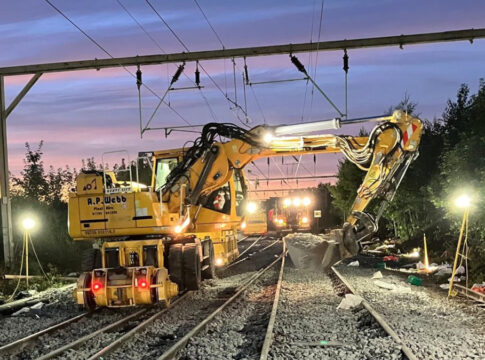The Spanish government rejected a proposal to advance the reopening of the Ruta de la Plata to 2040 instead of 2050. The railway, stretching along the Portuguese border up to the Atlantic Ocean, was an important rail freight corridor in the 20th century but a significant section has been closed since the mid-1990s.
The proposal to anticipate the reopening of the Ruta de la Plata railway came from right-wing party Partido Popular (PP). Only VOX, another conservative party, voted in favour of the proposal. The government coalition, made up of the socialist party PSOE and left-wing party Sumar, rejected the proposal, as various Spanish media mentioned. They were joined by Basque and Catalan independentist movements including ERC, Bildu, Junts and PNV. In response, the PSOE commented saying that it is too late to ask Europe to change its mind about the Ruta de la Plata reopening.
Parts of the railway are now hiking and cycling paths
In February, the Transport Committee of the European Parliament assigned a lower level of priority to the line. Currently, only the section between Seville and Plasencia is active, with the Plasencia-Astorga line being unavailable for almost three decades. Construction of this railway has a deadline set for 2050 since they are not part of the TEN-T Core network but were recently relegated to the Comprehensive Network.
In January, Spain awarded a contract for over 800,000 euros to conduct a feasibility study for the opening of the Plasencia-Astorga section of the Ruta de la Plata. This decision was made after Portugal and the Spanish region of Castilla y León put some pressure on the topic calling for a reopening.
One of the problems brought up by some is, however, that 30 per cent of the line is now part the Vía Verde project. This initiative aims at reconverting unused railways into cycling and hiking paths. Currently, around 30 per cent of the closed infrastructure has been transformed, especially in Gijón and south of Salamanca. A reopening would thus entail another conversation back into an active railway.
